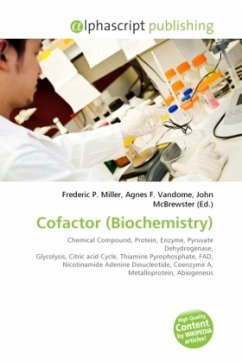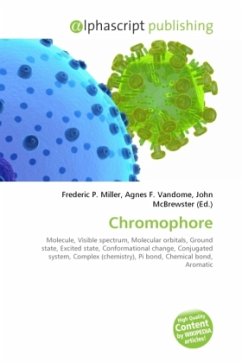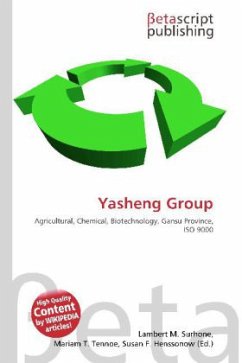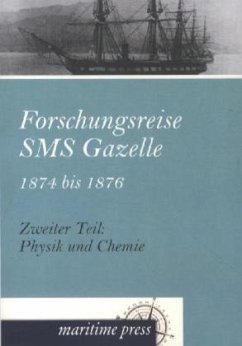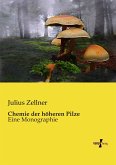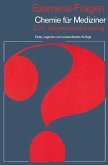A cofactor is a non-protein chemical compound that is bound (either tightly or loosely) to a protein and is required for the protein's biological activity. These proteins are commonly enzymes and cofactors can be considered "helper molecules/ions" that assist in biochemical transformations. With enzymes, cofactors are also often further classified depending on how tightly they bind to the protein, with loosely-bound cofactors termed coenzymes and tightly-bound cofactors termed prosthetic groups. Some sources also limit the use of the term "cofactor" to inorganic substances. An inactive enzyme, without the cofactor is called an apoenzyme, while the complete enzyme with cofactor is the holoenzyme. Some enzymes or enzyme complexes require several cofactors. A good example is the multienzyme complex pyruvate dehydrogenase. This enzyme complex at the junction of glycolysis and the citric acid cycle requires five organic cofactors and one metal ion : loosely bound thiamine pyrophosphate (TPP), covalently bound lipoamide and flavin adenine dinucleotide (FAD), and the cosubstrates nicotinamide adenine dinucleotide (NAD+) and coenzyme A (CoA) and a metal ion (Mg2+).
Bitte wählen Sie Ihr Anliegen aus.
Rechnungen
Retourenschein anfordern
Bestellstatus
Storno

